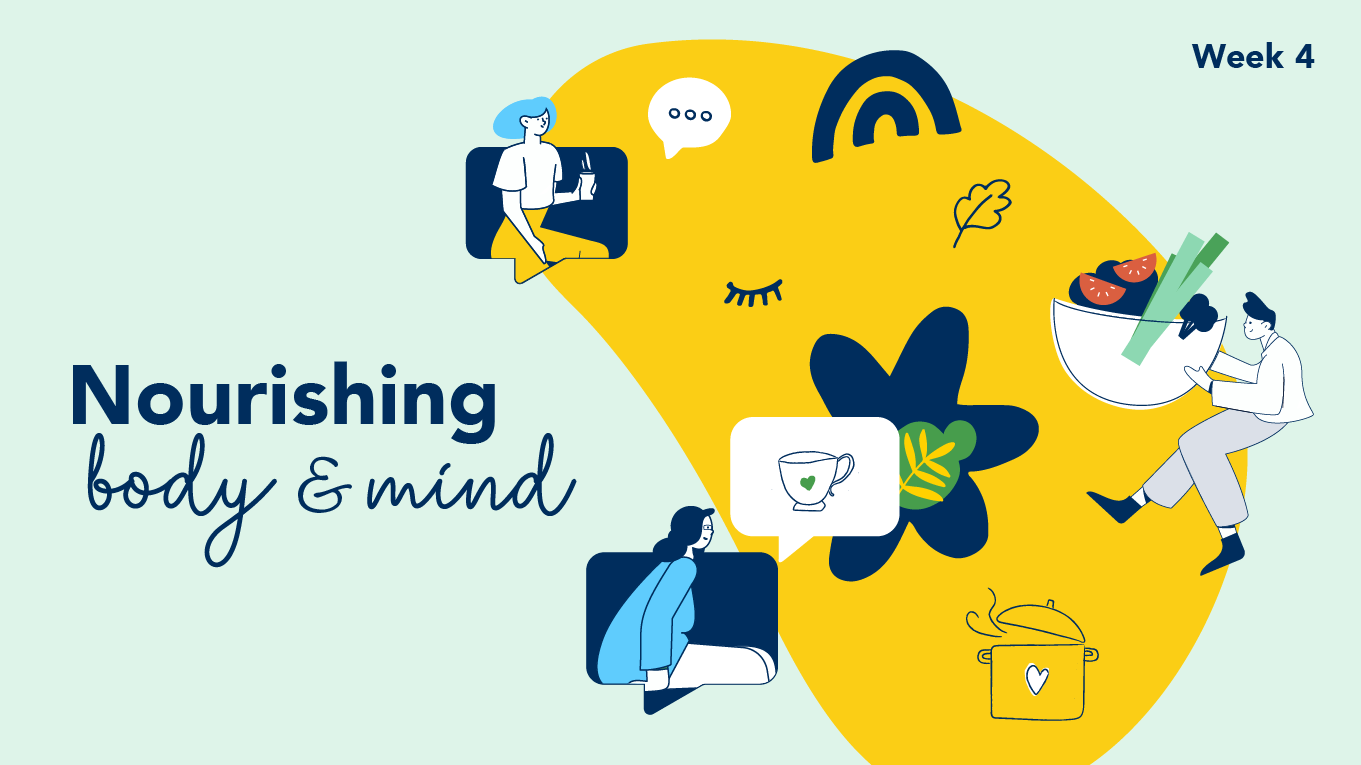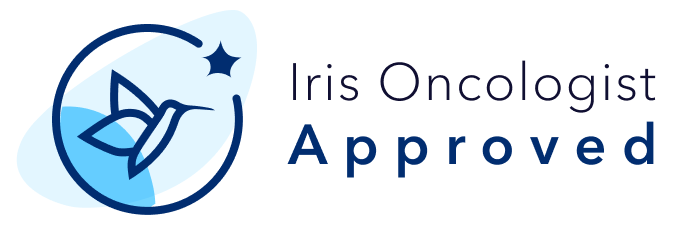
Nourishing Body & Mind–Week 4: The Practice of Inner Kindness
Self-Compassion Break - Guided Example
Step 1: Notice the pain (Mindfulness)
Place a hand over your heart or somewhere on your body that feels comforting.
Gently acknowledge what you're feeling, without judging or trying to fix it.
“This is a moment of suffering.”
“This is really hard right now.”
“I’m feeling fear… grief… shame… confusion.” (Use whatever words feel true for you.)
Step 2: Remember you’re not alone (Common Humanity)
Remind yourself that suffering is part of being human.
You’re not broken—you’re human. And you're not alone in what you're feeling.
“Many people feel this way.”
“Others going through cancer or recovery have felt this too.”
“I’m not the only one who struggles with this.”
Step 3: Offer yourself kindness (Self-Kindness)
Ask yourself what you need in this moment. Speak to yourself the way you would to a dear friend going through the same thing. You can place a hand on your heart or belly as you say these words.
“May I be kind to myself right now.”
“May I allow myself to rest.”
“May I trust my body, even as it heals.”
“It’s okay to feel this. I’m doing the best I can.”
You can do this practice silently, whisper it to yourself, or write it down in a journal. Even 1–2 minutes can make a real difference when you're caught in a wave of shame, guilt, or self-criticism.
Negative Core Beliefs
When life gets hard, our minds often return to certain familiar, painful thoughts—deep-rooted doubts about who we are. These thoughts, usually shaped early in life, seem especially true when we’re feeling vulnerable. They are known as negative core beliefs, and they lie at the heart of shame.
Common examples include:
I’m broken
I’m unlovable
I’m powerless
I’m not good enough
or I’m a failure.
Shame thrives in secrecy. These beliefs continue to affect us precisely because we avoid looking at them too closely—or speaking them out loud. But when we find the courage to face and name these beliefs, even privately, we begin to loosen their grip.
Human beings are too complex to be reduced to simple labels like worthy or unworthy, lovable or unlovable. We all have a mix of strengths and limitations, and that complexity deserves to be acknowledged. Self-compassion allows us to hold all parts of ourselves—the strong, the struggling, and the scared—in a kind and open-hearted way.
When we’re trapped in the belief that we are deeply flawed, that we’ve always been this way and always will be, it’s usually because we’re focused on one painful part of ourselves and ignoring the rest. True healing begins when we can turn toward that hurting part—not with judgment, but with care—and begin to see ourselves as a whole.
Self-compassion is the most powerful remedy for negative core beliefs. It doesn’t ignore our pain; it transforms it by offering understanding, patience, and love.
Practice Self-Compassion
Each week, we encourage you to explore the concepts we've discussed through suggested practices and exercises that you can try at home. These activities are designed to help you deepen your understanding and connect the ideas to your own experiences. Approach this ‘homework’ with curiosity—there’s no need to worry about getting it ‘perfect.’
Journal Prompt: Bringing Self-Compassion to a Negative Core Belief - Adapted from the Mindful Self-Compassion Workbook (Neff & Germer).
Step 1: Identify a Negative Core Belief
Below is a list of common negative core beliefs that often surface in moments of struggle. Read through the list and notice if any of them feel familiar.
I am broken
I am not good enough
I am unlovable
I am incapable
I am a failure
I am weak
I can't trust my body
I don’t deserve care or comfort
I am a burden
I should be doing better
I’ve lost control
I will never be the same again
Which belief (or beliefs) do you relate to most right now? Write it down in your own words:
Step 2: Mindfulness – Acknowledge What You're Feeling
Take a few deep breaths. Let yourself feel what this belief stirs up—without needing to push it away or fix it.
"What am you feeling right now when you believe this thought?"
Write freely about the emotions and sensations that come up in your body and mind when you believe this core thought. Be honest and curious, not judgmental. Try to describe the experience without exaggeration or avoidance—just name it.
Example:
“When I believe ‘I’m not good enough,’ I feel tight in my chest and anxious. I start remembering times I messed up or didn’t meet expectations…”
Step 3: Common Humanity – You're Not Alone
How are your beliefs a part of being human – and what are the chances that others feel the same way?
This is common humanity - You're not alone in your pain, belief or struggle, others feel this way too.
How might recognizing the common humanity of your negative core belief be helpful to you?
Step 4: Self-Kindness – What Do You Need Right Now?
If someone you loved held this belief about themselves, what would you say to them?
Write a compassionate message to yourself, as if you were speaking gently to a close friend or someone you care deeply about.
Can you say this to yourself now?
How might your relationship with yourself shift if you held this belief with compassion instead of judgment?
Step 5: Take a moment to reflect
How do you feel after doing this exercise? Was anything surprising? Soothing? Uncomfortable?
Exercise & Guided Meditation
Gently notice moments when you’re struggling and see if you can offer yourself a self-compassion break—just once a day, whenever it feels helpful.
It doesn’t need to be perfect or formal—just a small pause to acknowledge what you're feeling and respond with kindness.
This article meets Iris standards for medical accuracy. It has been fact-checked by the Iris Clinical Editorial Board, our team of oncology experts who ensure that the content is evidence based and up to date. The Iris Clinical Editorial Board includes board-certified oncologists and pharmacists, psychologists, advanced practice providers, licensed clinical social workers, oncology-certified nurses, and dietitians.
Copyright © 2025 OncoHealth. All rights reserved. All materials on these pages are the property of OncoHealth. The information and other content on this website are for information purposes only. If you have any questions about your diagnosis or treatment, please seek the advice of your physician or other qualified health care provider(s).
